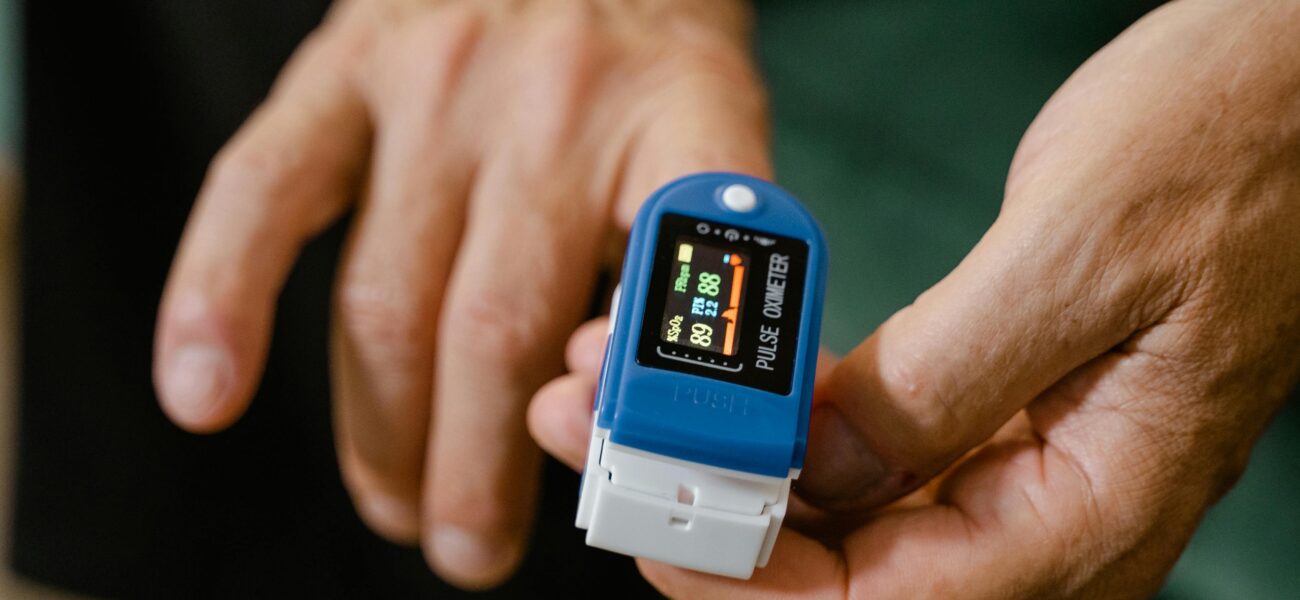The integration of telemetry devices and telemedicine is revolutionizing healthcare by enhancing patient care and improving health outcomes. This article explores how these technologies work together to create a patient-centered healthcare experience.
Types of Monitoring Devices
Telemetry devices collect and transmit physiological data from patients to healthcare providers. Key types include:
- Heart Rate Monitors: Track heartbeats per minute.
- Continuous Glucose Monitors (CGMs): Measure blood glucose levels continuously.
- Blood Pressure Monitors: Track blood pressure readings.
- Oximeters: Measure oxygen saturation levels in the blood.
- Smartwatches and Fitness Trackers: Monitor various health parameters like activity levels and sleep patterns.
How Telemetry Devices Work
Telemetry devices use wireless technologies such as Bluetooth or Wi-Fi to transmit data to a central system. This data is processed and analyzed through telemedicine platforms, enabling real-time monitoring and interaction.
Benefits of Combining Telemetry Devices with Telemedicine
- Real-Time Monitoring: Continuous health data allows immediate feedback and timely adjustments to treatment plans.
- Convenience and Accessibility: Patients receive care from home, reducing the need for travel, especially beneficial for those with chronic conditions.
- Enhanced Patient Engagement: Access to personal health data encourages active participation in healthcare management.
- Early Detection and Prevention: Continuous monitoring enables early identification of health issues, preventing complications.
- Cost Efficiency: Reduces in-person visits and hospitalizations, leading to cost savings.
- Data-Driven Decision Making: Analyzing telemetry data helps healthcare providers make informed treatment decisions.
Carepoi’s Commitment
At Carepoi, we leverage telemetry devices to enhance our telemedicine services, providing real-time monitoring for patients. By integrating these technologies, we empower patients to manage their health more effectively, ensuring timely interventions and personalized care tailored to their unique needs.



